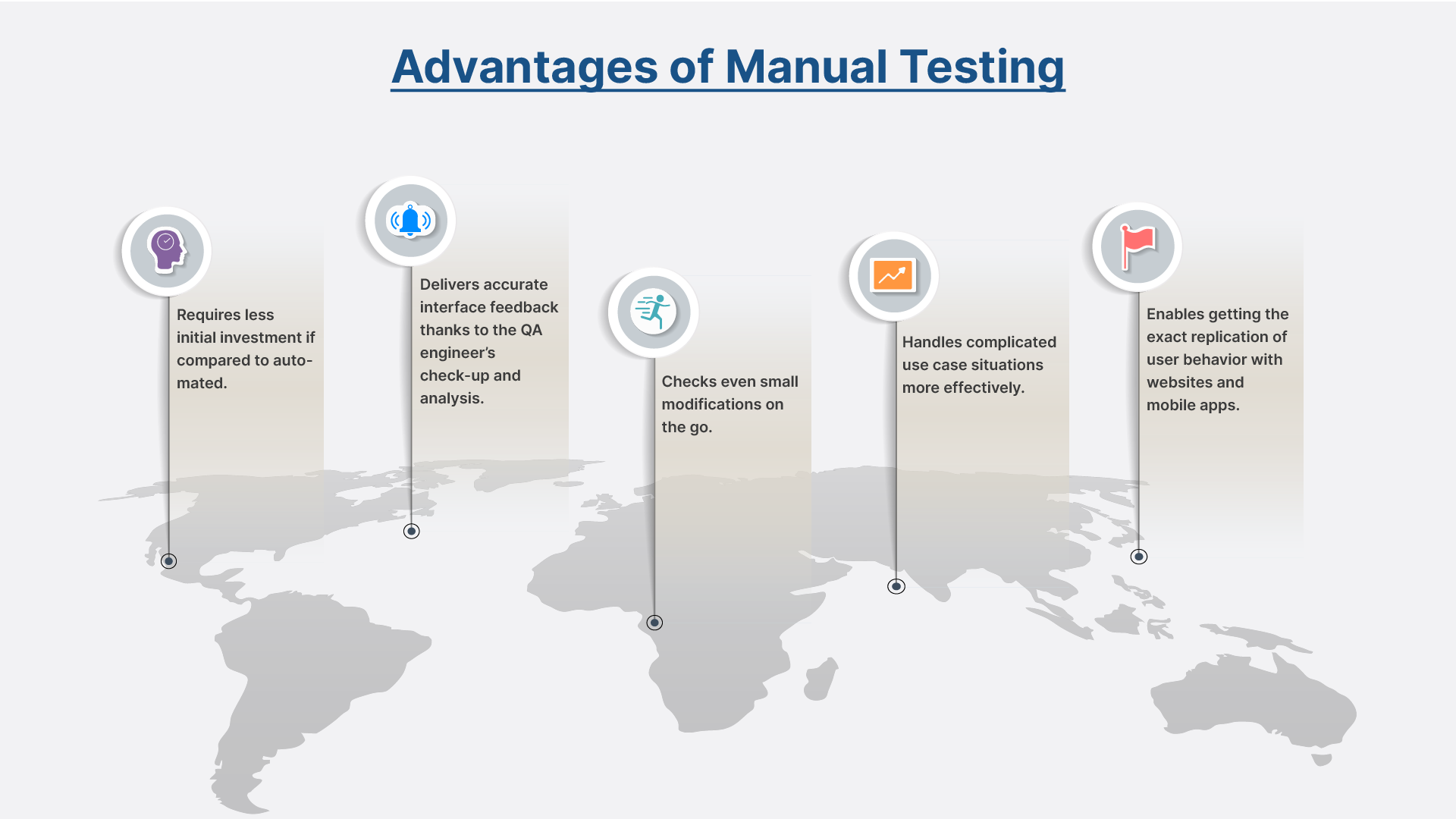Debate on Testing:
In software engineering, debates are common, and testing is no exception. Some debates are not easily resolved. Kanban or Scrum? Vim or Emacs? With various testing methods available, one question often arises: Which is the best?
Regarding software testing, functional testing is a critical process that ensures the system meets the functional requirements. Adequate software testing is critical to project success in the software domain. Software testing is a vast domain with an endless combination of manual and automated approaches specific to software testing. The software development cycle must know the difference and how to apply each to achieve the best results. Manual testing in software includes executing test cases without additional tools, whereas automated testing in software involves script writing and using tools and software specific to software development.
The choice between manual and automation testing in software depends on the project requirements, budget, complexity, timeline, etc. Quality and cost-efficiency are the core factors of any project, especially in the software domain. The right testing method choice in software may help achieve the goal better.
The following areas or scenarios are best suited to be performed manually:
Exploratory testing:Usually, QA (Quality Assurance) engineers do not include these tests in the test plan. This type of testing depends on QA engineers previously experienced in checking a particular application type or platform. Their knowledge of the local agglomeration capabilities and the risks associated with a product always come in handy during the exploratory tests.
Ad-hoc Testing: There is no specific approach to the testing and, hence, no way to automate the process. Since it is a spontaneous testing approach, the experience and skills of QA engineers are the only crucial factors.
GUI Testing:It checks if the product user interface system works correctly. Testers also ensure that an app/software is easy to navigate from the user’s perspective. Hence the manual approach is preferred.
What is Functional Testing:
Software testing is an essential quality assurance process that aims to validate a system or its components against various functional specifications and requirements. This testing process, also known as black-box testing, does not involve analyzing the application's source code. Instead, it tests each application's functionality by providing inputs and verifying outputs against the requirements.
This form of software testing aims to ensure that the software performs consistent with users' expectations. It is also called specifications-based testing, which is entirely based on program specifications. QA engineers focus on validating the system against functional specifications and verifying the features against a specified set of user requirements.
Importance of Functional Testing:
Functional testing is important because, without it, one may not understand whether your application functions as intended. Testing helps to deliver better quality software. Everyone should have a vivid understanding of how testing helps achieve the business's goals. Depending on the requirements and expectations of any company, different testing activities, such as performance, load, and security testing, should be considered.

How to perform Functional Testing:
- Understand the requirements.
- Prepare a test plan.
- Write test cases.
- Create input data according to requirements.
- Execute test cases.
- Validate results by comparing expected and actual outcomes.
- Log defects.
Functional testing assures that the software fulfills the requirements of the client/stakeholders. It is a step-by-step process wherein the tester needs to understand requirements based on which he needs to prepare a test plan. And based on it, we need to design test cases followed by test execution & defect tracking.
Scenarios need to be developed as early as possible while specifying requirements.
Functional testing has a wide application. It is applied to different types of program behavior. It is drilled down to the modular level or system testing. It can validate that there are no issues after a major software release. It can validate that key features are functioning properly by uncovering any issues that might be hidden.
It is beneficial for complex business applications. Also, the applications that have completed the formal internal testing now require regression executions.
Functional testing describes what the system is doing instead of what the system should do.
Wrapping Up:
The best way to close the debate is by using reason. So, you cannot entirely rely on manual or automated testing, so why not adopt a combination approach? Because
“Quality is never an accident; it is always the result of an intelligent effort.” - John Ruskin
Jade Global offers a complete portfolio of testing and Digital Quality Assurance Services for the enterprise. Our expertise includes accelerators to speed up the process. We specialize in consultancy and advisory services to help you accelerate solution and product delivery.













